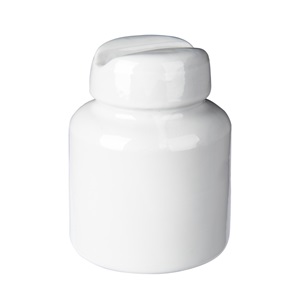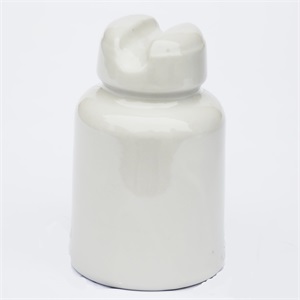German scientists have developed an electronic skin that gives robots a variety of sensations. This "skin" not only helps the robot to better adapt to the surrounding environment, but also enables it to get real-time "self-feeling". The prototype of this electronic skin has now been applied on a robotic arm.
The skin is the largest organ in the human body and acts to distinguish the environment from the tissues in the body. At the same time, it also has a powerful interactive ability to obtain a variety of information such as temperature, pressure, shear, vibration. Whether it is the oncoming willow breeze, or a sincere handshake, any details of the skin will not be missed.
Philip M. Martina Dover, a scientist at the Technical University of Munich in Germany, who is in charge of the research, also tried to make the robot feel like this. He and his colleagues designed a hexagonal circuit board that is only 5 square centimeters in size to serve as a basic module for robot skin. Each board contains four infrared sensors, six temperature sensors, and a speed sensor that can "perceive" anything up to a centimeter. In addition, there is a certain amount of expansion space on the circuit board for later addition of sensing devices such as pressure sensors. In practical applications, these "skin modules" can be spliced ​​like a honeycomb to form an electronic skin with a large area.
According to Meitna Dover, although most robots now have visual devices, when working in more complex environments, only visual information is not enough, and must be supplemented with certain tactile sensing devices. These sensors function somewhat like the hair on the surface of human skin, which gives the robot an "unconscious avoidance" function. For example, when the robot arm accidentally hits an object, it will quickly retract, and then the robot first searches the environment through the video device to re-determine the more suitable contact point. This ability is especially important for robots that serve humans in a changing environment. In addition, this feature allows the robot's limb movements to be more precise and travel more stable.
The researchers said that although the current electronic skin is only a small piece, its trial on a robotic arm has reached a preliminary assumption. Just tap the arm and it will "feel" and react.
Gordon Cheng, a professor at the Technical University of Munich in Germany, said that this is a groundbreaking idea that makes the robot a step closer to people, but it is only a beginning that is far from over. In addition to these basic sensations, perhaps one day in the future, robots will have a more basic, human-like neural structure with a certain degree of self-awareness.
Telephone Line Insulators are pin-type ceramic Telephone Insulators , Vintage Telephone Insulators mainly in three models, M-1, M-2 and M-3. Glaze is usually supplied with white glaze. Telephone Wire Insulators parameters are as follows:
| MAIN DIMENSIONS AND STANDARD PARTICULARS | ||||
| Type | RM-1 | RM-2 | RM-3 | |
| Main Dimensions | H | 140 | 100 | 80 |
| h | 49.5 | 32 | 30 | |
| D | 86 | 70 | 60 | |
| d | 51 | 44 | 35 | |
| d1 | 22.5 | 18.5 | 13 | |
| R1 | 12 | 8.5 | 7 | |
| R2 | 4 | 3.5 | 3 | |
| Insulation Resistance | 50000 | 40000 | 20000 | |
| Leakage Distance | 298 | 215 | 15 | |
| Net Weight, Each Approx., kg | 1.1 | 0.5 | 0.5 | |


We warmly welcome friends both domestic and abroad to visit our company, if you have any questions, please contact with us directly.
Telephone Insulators,Telephone Line Insulators,Telephone Wire Insulators,Vintage Telephone Insulators
FUZHOU SINGREE IMP.& EXP.CO.,LTD. , https://www.cninsulators.com
